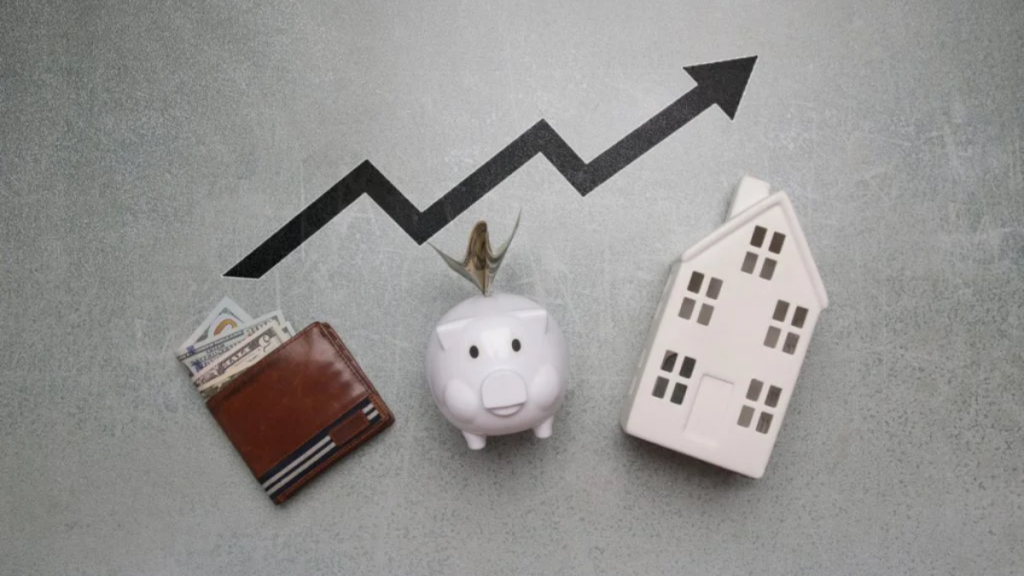Despite promises to stabilize the economy and reduce inflation, many Americans are expressing growing frustration as the cost of living continues to rise under President Donald Trump’s second term. From grocery aisles to gas stations, consumer prices have climbed steadily, placing increased pressure on household budgets.
As the economy slows and wages struggle to keep pace with inflation, public confidence in the administration’s economic strategy is showing signs of erosion.
The issue of inflation remains front and center in national discourse, with analysts and voters alike scrutinizing the government’s fiscal policies and their impact on everyday life.
Persistent Price Increases Across Sectors
The U.S. Bureau of Labor Statistics Consumer Price Index (CPI) for March 2025 revealed that prices rose 3.7% year-over-year, with notable increases in housing, food, and transportation. Although inflation has cooled from the record highs seen in 2022, the persistent uptick in essential goods and services continues to stretch family finances.
Key drivers of the ongoing price surge include:
- Housing Costs: Rent and mortgage rates have increased in major metro areas, driven by supply shortages and rising interest rates.
- Grocery Prices: Staples like bread, eggs, and fresh produce remain elevated, despite falling agricultural input costs.
- Gas and Energy Bills: Energy prices, particularly gasoline and home heating, have spiked due to geopolitical tensions and reduced domestic output.
For many Americans, these increases are not just statistics—they represent difficult choices between paying bills or saving for the future.
The Trump Administration’s Response
President Trump has pointed to global economic instability and supply chain disruptions as key factors behind rising prices. The administration has also criticized what it calls “overreaching environmental regulations” for driving up energy costs and has promised to boost oil and gas production through deregulation.
“We inherited a fragile global market and are working every day to protect American consumers from runaway costs,” said White House economic adviser Larry Kudlow. “Our focus is on lowering taxes, cutting red tape, and restoring domestic energy independence.”
While the administration claims inflation is under control compared to prior years, critics argue that efforts to reduce corporate taxes and roll back regulatory protections have primarily benefited large businesses rather than consumers.
Economic Pain Felt Most by Low-Income Families
The economic squeeze is hitting working-class and low-income households hardest. According to a recent Federal Reserve report, nearly 60% of Americans say their income is not keeping pace with rising expenses. Food insecurity is also on the rise, and demand for assistance programs like SNAP and food banks has grown significantly in early 2025.
For renters, high costs have led to record levels of housing instability. In cities like Atlanta, Chicago, and Phoenix, eviction filings have surged by over 20% compared to the previous year.
“It’s exhausting,” said Melissa James, a single mother of two in Ohio. “My paycheck is gone before the week is over, and the government just keeps saying everything’s fine.”

Republican Supporters Divided on Inflation Strategy
Even among President Trump’s core supporters, there is growing division over how inflation is being handled. A recent Pew Research Center survey found that while 68% of Republican voters still support Trump’s leadership, only 45% believe his administration is doing enough to combat inflation.
Business leaders in the manufacturing and retail sectors have voiced concern over labor shortages and high input costs, while some conservative economists argue for more aggressive interest rate hikes and spending cuts.
Democrats have seized the moment, accusing the administration of favoring corporate tax breaks over direct relief for families. “The President can’t just blame the global economy when Americans are struggling at home,” said Senator Sherrod Brown.
What Comes Next: Outlook and Voter Sentiment
With the 2026 midterms on the horizon, inflation will be a defining issue for both parties. Voters are expected to prioritize economic stability and affordability over ideological loyalty. Already, there is a noticeable shift among independent voters toward candidates promising targeted relief, healthcare expansion, and consumer protections.
The Federal Reserve has signaled it may raise interest rates again later this year, a move that could curb inflation but risks slowing job growth. Meanwhile, the administration continues to tout small business tax relief and domestic energy production as long-term solutions.
Despite these assurances, the average American remains skeptical. A Gallup poll in April 2025 showed that only 34% of respondents were confident in the government’s ability to manage inflation effectively.
Conclusion: Americans Seek Relief as Economic Challenges Mount
As prices continue to rise under the Trump administration, frustration among American families is mounting. While the White House insists its economic policies are working, many feel left behind by a system that favors profit over people.
With inflation impacting everything from housing to food, the coming months will be critical for both policymakers and the public as they grapple with the enduring challenges of economic recovery.
Disclaimer – Our team has carefully fact-checked this article to make sure it’s accurate and free from any misinformation. We’re dedicated to keeping our content honest and reliable for our readers.
